Beauty in Pixels
Is beauty only pixel deep?
What does beauty really mean? If an image is viewed in a different way does it alter the beauty of that image?
Click on the photos to see the transformation...
 |
http://keepthebeat.mango.com/wp-content/uploads/2012/04/MANGO-KATE-MOSS-SS12-TALORING-SUT.jpg |
 |
| http://www.hdwallpapers3d.com/wp-content/uploads/2013/05/1336574416_brad-pitt-lg.jpg |
 |
| http://moviesback.com/wp-content/uploads/2013/10/168.jpg |
In looking at this idea of pixelation, it is interesting to look back to the art technique of Pointillism, which referred to certain artists in the late nineteenth century whose paintings were composed of a number of tiny dots of paint.
Often considered the most prominent of these painters was Georges Seurat, whose work is very famous and much admired, although many were critical of it at the time.
An example of his work, The Seine and la Grande Jatte - Springtime (1888) can be seen below...
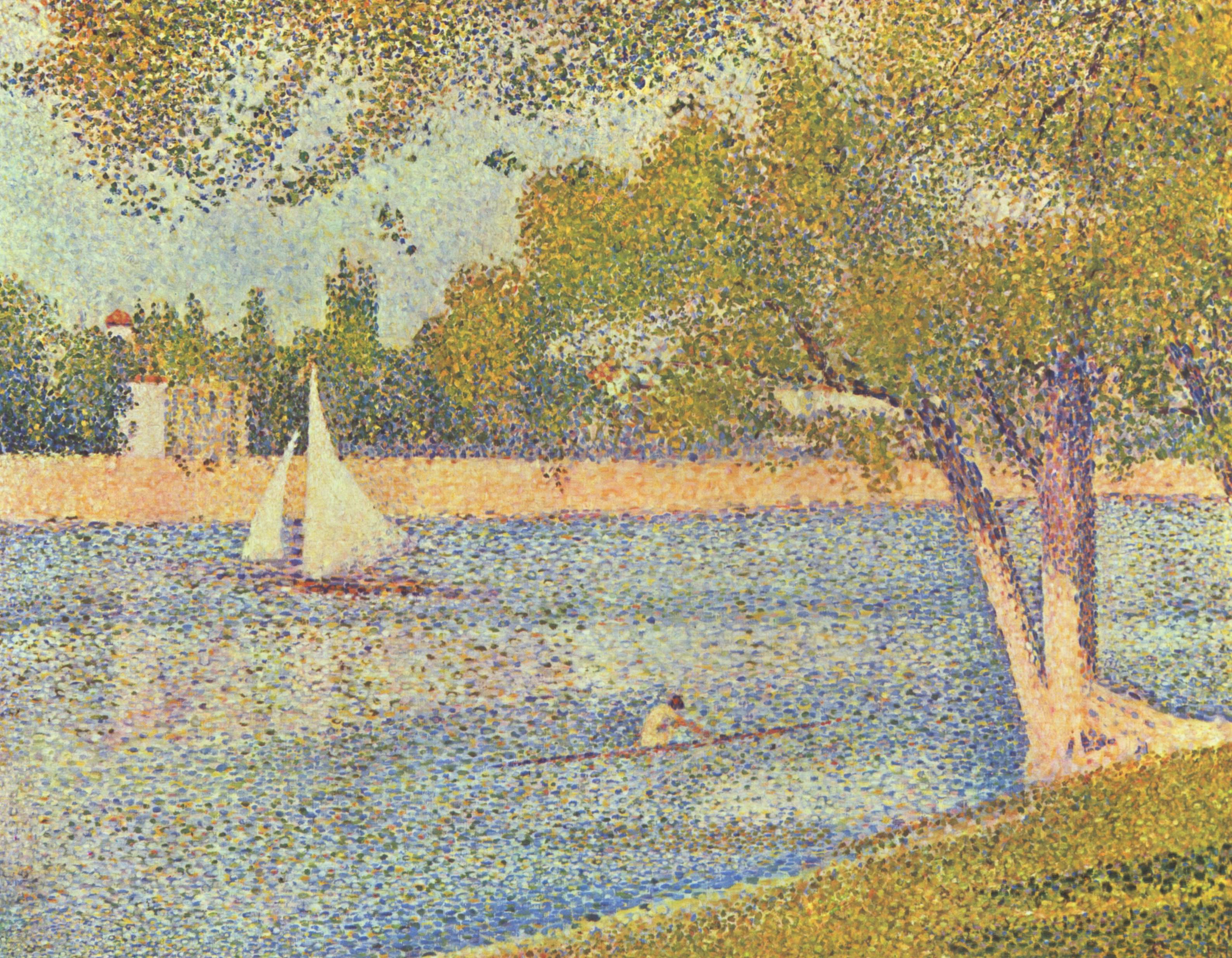 |
| http://upload.wikimedia.org/wikipedia/commons/9/96/Georges_Seurat_026.jpg |
The effect seems so similar to the effect that you get with pixelation, it is funny to think that it was painted so long ago; it could almost be seen to be an anticipation of the digital age.
L'Oréal Pixel-Perfect Skin
L'Oréal's recent beauty campaign for 'picture perfect skin' is really interesting when thinking about this concept of beauty.
What does pixel-perfect skin actually mean?
L'Oréal claim that their product 'visibly improves skin quality by acting at pixel level on pores, skin texture and skin tone'.
This seems to suggest that we have an obsession with how we look in photos/when digitalised, which seems strange.
Click on the advertisement to go to L'Oréal's page for the products...
See the TV advertisement here:-
It is ironic as it is extremely likely that the image in the advertisement has been photoshopped, therefore having had the pixels actually manipulated.
A backlash against Photoshop has been seen in the last few years, with people criticising how celebrities and models are being unrealistically presented, being 'photoshopped' excessively.
For example...
Many more examples can be seen in the links below, which find joy in revealing the photoshopped effects.
Click on the photos to be taken to the sites:-
 |
| http://www.messynessychic.com/2010/10/12/the-reality-of-celebrity-photoshop-before-and-after/ |
 |
| http://www.buzzfeed.com/jessicamisener/23-celebrities-before-after-photoshop |
This amusing spoof commercial sums up lots of the issues with Photoshop, or 'fotoshop by Adobé' as they call it...
Anthony Wing Kosner, writing for Forbes magazine, also has some interesting things to say about Photoshop; you can read his article here.
Google Picasa has a retouching tool that allows you to give your images that 'photoshopped' look.
However... this can also be used in the opposite way, being used to make images/faces less attractive (which is surprisingly easy to do!)
Take this image of actress Mila Kunis (who was crowned FHM's sexiest woman of 2013)
Click to see the transformation...
Cheryl Cole has obviously been retouched for this photoshoot for L'Oréal, so let's see how she could potentially look untouched/with retouching gone very wrong...
 |
| http://fabzz.com/wp-content/uploads/celebrities/cheryl-cole/for-l-oreal-photoshoot-2013/Cheryl-Cole---LOreal-Photoshoot-2013--02.jpg |
Pretty scary huh?!
Lastly, let's take this photo of heartthrob Orlando Bloom and see what can be done to his looks...
 |
| http://s.fixquotes.com/files/author/orlando-bloom_y2HCF.jpg |
At first glance it may not be immediately obvious that there is something wrong with the images, but when you look closer they definitely do not look right!
Maybe we should think more closely about the retouching that is likely to have been done when viewing images. We shouldn't just take them at face value...
Going back
to the idea of affecting the beauty of an image through changing the pixilation,
image glitching can also be used to bring the aesthetics of an image into
question.
As with pixelating, it also involves changing the composition of an
image; does this similarly render the images less attractive?
 |
| http://www.hdwallpapersdj.com/wp-content/uploads/2013/10/Angelina_Jolie_53.jpg |
What does it take to make an ugly image attractive?
I took this Google image of an unattractive building/landscape and messed around with it to see if it would change its attractiveness...
As can be seen, from messing around with the pixels of the image, the image can be transformed into something entirely different, making it more visually appealing.
I also edited the photo a number of different ways on Google Picasa, showing how each step can transform the image, changing the way in which it is viewed...
It is interesting to look at the Minecraft ordnance survey map when considering the beauty of places.
The Minecraft map works by creating a virtual 3D version of the English landscape, made up of textured cubes of different materials, such as rock and sand.
We recognise it as a representation of the landscape, so is there still a certain beauty to it?
Take, for instance, Loch Ness...
Distorted Artworks
Art is another interesting thing to look at when thinking about the question of beauty and the visual image.
What is it about certain paintings that makes them beautiful?
Take, for instance, Picasso.
His paintings of people don't show them as very attractive, however his paintings are still considered to be attractive and desirable overall. How does this work?
For example, take this painting of a woman - Head of a Woman (1960). The facial features are all distorted, however it is still considered to be a great, and therefore beautiful, painting.
This can likewise be seen with the art of the Cubists.
The below painting, Popova's Two Figures, is perhaps even more crazy and distorted than Picasso's work, yet it was also considered to be a great work of art, with people seeing the beauty in it.
The two figures in the painting do not look like actual people as we see them, but rather they are the artist's own interpretation of people.
Can distorted images therefore be considered as beautiful, even if they are not accurate to real life? This could mean that heavily over-the-top photoshopped images are still considered beautiful, even though they are not at all realistic.
A further example is Andy Warhol's artwork.
His 'pop art' involved him playing around with and altering popular images to change the way that people thought about them.
His prints of Marilyn Monroe made after her death (1962) show a distortion of colour, which gives her image a completely different look.
Although the colour is not representative of reality, the image is striking and the result considered a large success. Indeed, the print is one of his most famous.
Using the Pixelator, I have distorted this same print even further to see how it affects its beauty...


Is my distorted image still attractive even though it is distorted in a much greater way, beyond facial recognition?
This WebExhibits website I found is really interesting; it lets you adjust the colours to see how it changes the overall effect of the paintings/prints.
You can do this for both Warhol's Marilyn prints...
http://www.webexhibits.org/colorart/marilyns.html


And Raoul Dufy's Jeanne With Flowers; he was noted for his theory of couleur-lumière, meaning ambient colour/light...
http://www.webexhibits.org/colorart/dufy.html
I hope this project has made you think differently about and perhaps question the visual image.
This WebExhibits website I found is really interesting; it lets you adjust the colours to see how it changes the overall effect of the paintings/prints.
You can do this for both Warhol's Marilyn prints...
http://www.webexhibits.org/colorart/marilyns.html


http://www.webexhibits.org/colorart/dufy.html
 |
| Original |
 |
| Colour manipulated |
I hope this project has made you think differently about and perhaps question the visual image.
Thank you for reading!



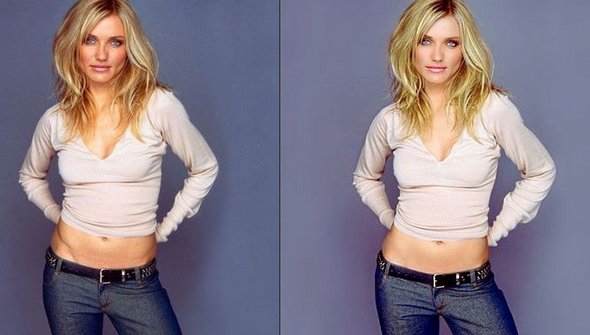



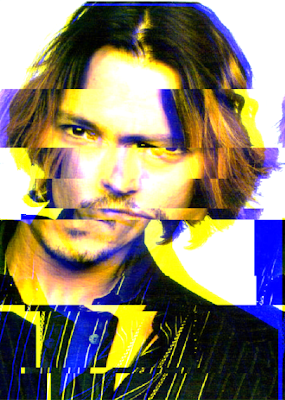

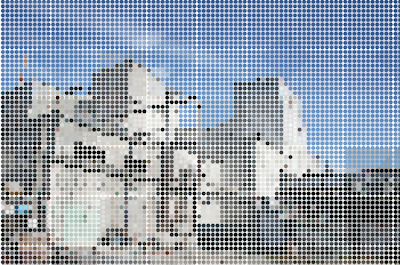










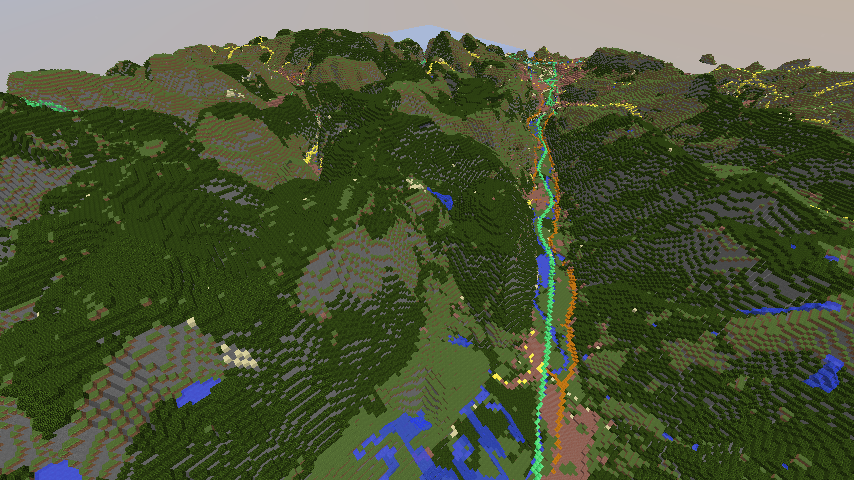






No comments:
Post a Comment